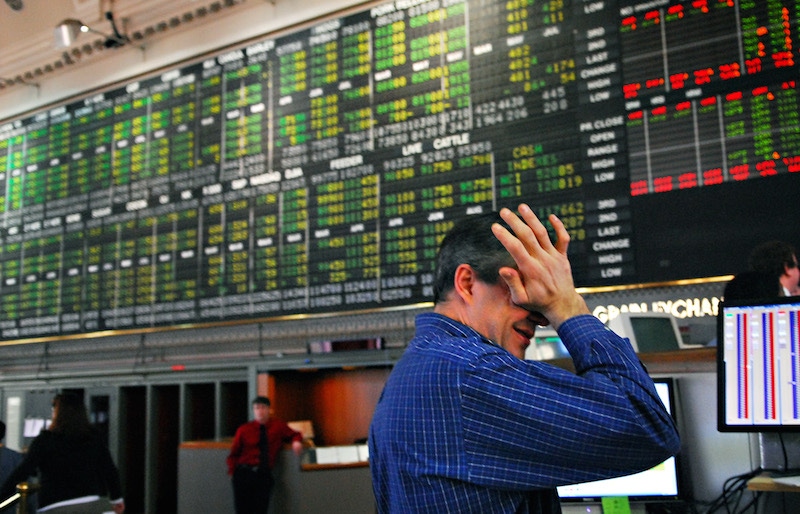
February lingers and it remains cold, giving me more time to think about grain marketing habits. In my previous column, I talked on-farm storage and how it messes with decisions. Today’s thoughts concern options, and why I am not very keen on their use as pricing tools. Here are a few things that I don’t like about options.
Options cost a lot of money.
My definition of great marketing is finding an extra 20-30 per bushel with a plan that eliminates mistakes. You’re thinking, “No, great marketing is pick¢ing the highs in the market.” Technically you’re correct, but picking highs is a hard game to play, and a hard game to play consistently. If I’m right and great marketing is an ongoing search for a few extra cents, then options that cost 30-100 cents per bushel are already on my bad side.
Consider the current market. Pricing opportunities for 2015 soybeans are about $2/bu. below production costs. Ouch. Does it make sense to spend another 60 cents per bushel for an at-the-money put option, when 2 of 3 market scenarios (sideways or lower) lead to regret? If $9 soybeans are a problem, $8.40 is not the solution. The cost of options is a problem.
Options are complex.
The previous example was a very simple illustration of buying put options to set a minimum price. An expert might explain that there are ways to make that transaction cheaper. For example, I could sell out-of-the money calls. The money received in the sale can be used to partially offset the cost of the put option. I could even sell two calls for every put purchased. What the heck, if I sell three calls for every put bought, I might even put a few dollars into my margin account.
Well, this is pretty heady stuff. We’ve taken a fairly simple transaction – buying puts to set a minimum price – and added layers of complexity. You now have a maximum price. Did you bite on the 2:1 or 3:1 alternative? You now have the chance to lose money if prices rise. Yes, a good advisor can guide us through the ongoing management of complex positions (if we gloss over the tricky situations created by limit moves). But complex positions demand your constant attention, which leads to the third thing I hate about options.
Options look back when I should look forward.
Consider a re-ownership strategy with call options. Did you sell your soybeans at harvest? No problem; you can “re-own” them with the purchase of call options (by the way, there is some intuitive “stickum” to this trade if the market is inverted, i.e., nearby prices are higher than deferred). In a few weeks you can sell them for a second time and this summer, if the weather gets dicey, you can re-own them for a third time. Think about it: There is no logical end to this process. I want producers to look ahead for pricing opportunities. The re-ownership strategy keeps my focus on last year’s crop. Look ahead!
Am I saying that options never work? Of course not. A re-ownership strategy would have paid big money in 2010 and 2012. Am I saying that options have no place in marketing? No again, but be selective. I see a good place for put options, pricing grain that is not covered by crop insurance. Put options set a minimum price without a delivery commitment.
Options are interesting, but not a cure-all for marketing problems.
About the Author(s)
You May Also Like






